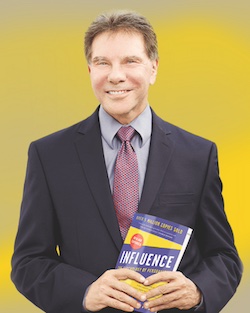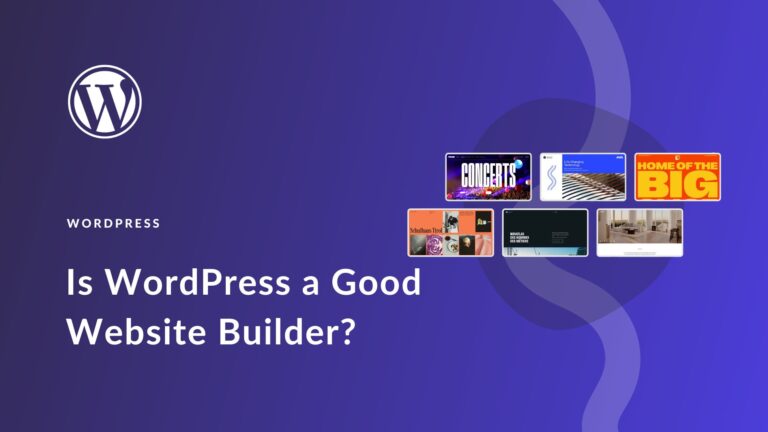I attended a live webinar last month led by Dr. Robert Cialdini. He’s the author of the seminal book “Influence: The Psychology of Persuasion.” If you haven’t read his work, you almost certainly know of his impact on ecommerce. He’s arguably the intellectual brains behind many of the conversion optimization techniques we all rely on. He invented the concept of social proof.
Through his work, Cialdini has evolved persuasion from the offline world to online. And there’s an emerging component of the role of social media in shopping.
Product Discovery
How consumers discover products has changed.
Studies suggest that upwards of three-quarters of online shoppers now discover products on social media. Two-thirds use social media for shopping every week. The percentages are even higher for Gen Zs — teenagers to mid-20s — who largely use Instagram or TikTok when looking for a new product or service.
Yet while social enables discovery, three-quarters of consumers prefer to buy directly from the brand or retailer.
Thus the sales funnel now looks very different with buying journeys that often start on social but end on an ecommerce site.
Reduce Uncertainty

Robert Cialdini
Much of Cialdini’s work aims to reduce uncertainty to help consumers make purchase decisions. On social there is a paradox. Lack of trust causes consumers to hesitate. But creators and influencers offer reassurance, as does the built-in social proof of likes, follows, comments, and ratings.
Which brings me to the webinar. I asked Dr. Cialdini how brands should use social media, given his principles of authority, social proof, scarcity, and reciprocity.
He pointed out that brands should leverage the power of the medium and emphasize their own strengths.
He told me, “If a brand has true scarcity or dwindling availability, use it. If it has true expert voices, that’s the one. And if it has evidence of a lot of people moving toward it, use that one.”
Social media is a game changer, he said, because “now we have access to opinions of people who have similar interests and are making similar choices to us, from all over the world. Thousands of them can weigh in on their experience. We’ve never had that before — technology has allowed it. What your friends and those around you are doing has always been powerful, but now we can access the information like never before.”
With social media, we can get “98% of the world into this uncertainty-reducing tool. That’s why it’s become so powerful and why the more we employ it, the more people want to consider what we offer in that process.”
Human Connection
I asked Dr. Cialdini about the role of social media influencers as a source of paid-for authority.
He addressed the human dimension. “I saw a study recently that in the last 10 years, handmade products have increased in popularity by 37% even though the quality of the products has declined. Why the increase? Because there’s a real person there. Increasingly we shop separately and work separately. We entertain ourselves separately by pushing buttons on screens. Consumers are looking for a human connection. ”
Cialdini continued by referencing the many studies that show how evidence persuades shoppers. He especially likes the evidence from testimonials because they are real people, stating, “If there’s a person there, consumers will be more inclined to pay attention to it.”
Lastly, Cialdini had intriguing advice on reviews.
“We’re being systematically separated from one another because of technology. We get social proof from the number and quality of reviews, which gives us authority. But I’m going to suggest a small change. Instead of listing the number of reviews, merchants should list the number of reviewers. Instead of listing the number of testimonials, we should list the number of testifiers because those are real people.”
He added, “What’s a review? It’s a click. What’s a reviewer or a testifier? That’s a person — somebody like me. An individual.”






